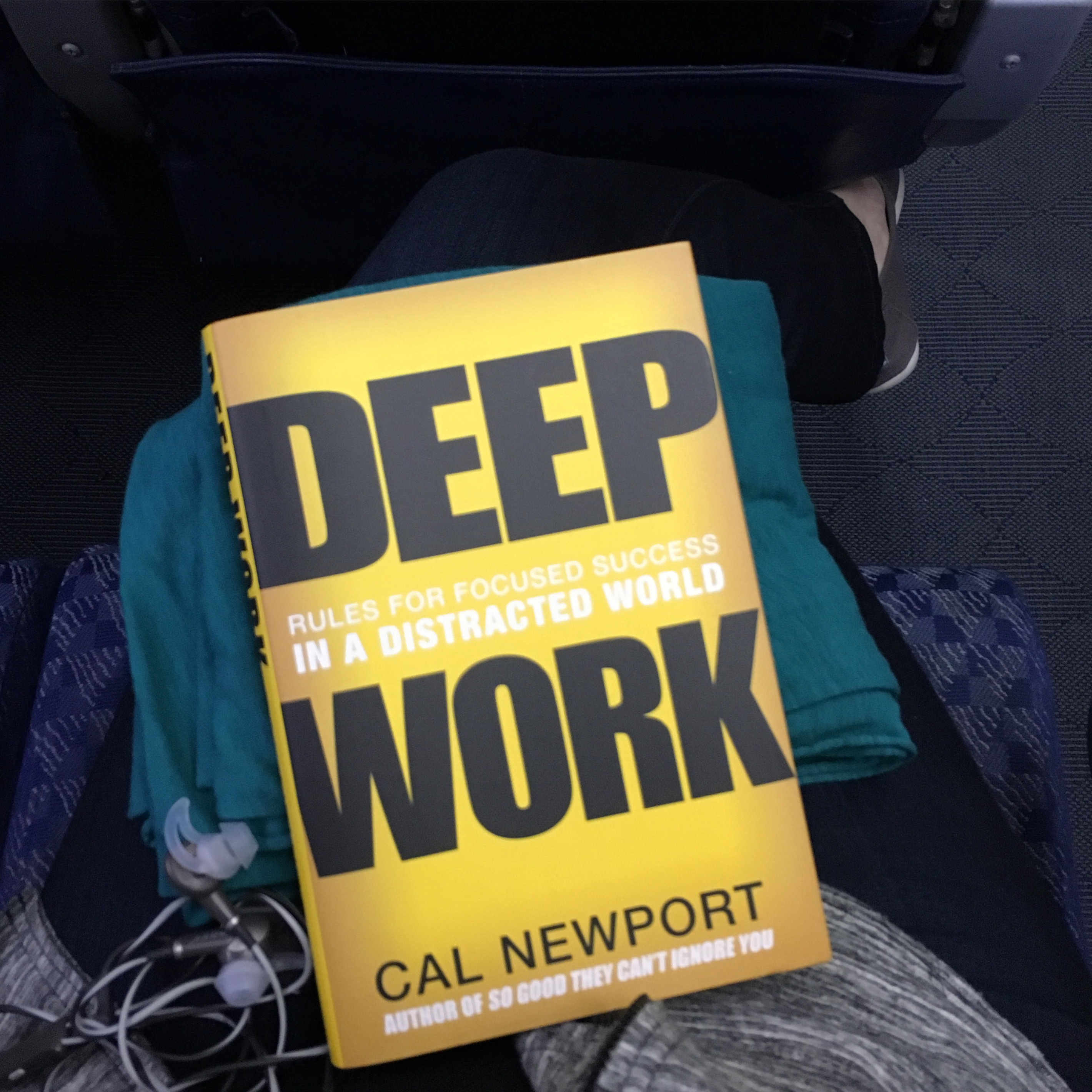During the 1930s and 1940s, times of struggle resulting from the Great Depression and WWII, the term kitchenette was used to describe the conversion of existing houses or apartments into much smaller units by predatory landlords in neighborhoods predominately occupied by African Americans on Chicago’s South Side.
Entire families lived in one very small, single room and shared both the kitchen and the bathroom with all the others. You can imagine the conditions when so many people depended on limited plumbing. According to the Encyclopedia of Chicago, “[d]uring the 1940s, more than 80,000 conversions of this type had occurred in Chicago, leading to a 52 percent increase in units lacking private bath facilities.”
A Little Poetry
A few months ago, I heard the poem below by Gwendolyn Brooks while driving to lunch during an otherwise ordinary workday. I later came to learn that Brooks was a celebrate poet and the first black author to win the Pulitzer Prize.
While she grew up in a house in Chicago’s South Side, she spent much of her married life in a kitchenette and described arriving at her honeymoon kitchenette apartment as “bleak.”
We are things of dry hours and the involuntary plan,
Grayed in, and gray. “Dream” makes a giddy sound, not strong
Like “rent,” “feeding a wife,” “satisfying a man.”But could a dream send up through onion fumes
Its white and violet, fight with fried potatoes
And yesterday’s garbage ripening in the hall,
Flutter, or sing an aria down these roomsEven if we were willing to let it in,
Had time to warm it, keep it very clean,
Anticipate a message, let it begin?We wonder. But not well! not for a minute!
Since Number Five is out of the bathroom now,
We think of lukewarm water, hope to get in it.– Kitchenette Building, by Gwendolyn Brooks
The imagery of a dream struggling amongst the onion fumes, fried potatoes, and yesterday’s ripening garbage stuck with me. It made me question whether I too let dreams languish despite the invariably better circumstances and smells I experience daily. What does it mean to let a dream in and “keep it very clean”?
And, An Easy Recipe
Food can teach us about others whether we’re at home or traveling abroad. Sometimes it’s just food, our daily bread or onions, and sometimes it’s art.
Today’s post is part of the Food Poetry Party, hosted by my friend Annelies who writes at her newly rebranded blog, The Food Poet.com. She does a beautiful job a fusing artfully prepared food with her words and poetry. If you enjoy either, check out her work!
This is my first recipe to share on Far & Wise. They may find their way here from time to time, and when they do they’ll probably focus more on foods that encapsulate a specific place. But, this recipe just seemed fitting…
Quick Pickled Red Onions
In a non-reactive bowl, combine 1 1/2 tbsp sugar, 4 tbsp sherry vinegar, and 1/4 tsp *sumac with a pinch of salt. Whisk together until sugar has dissolved.
Fold in three red onions (peeled and julienned), sprinkle with a pinch of salt, toss to coat thoroughly. This will help to draw out the moisture from the onions.
Cover and let stand at room temperature for 1 hour, then refrigerate for 2 hours before using.
*It’s equally good without the sumac, if you don’t have any on hand. I’d be surprised if you did!
It can be fitted easily into daily life, but it also adds a little sweetness to the onion, cutting the fumes.
More Information
- Learn more about Brooks here.
- Today’s Pictures of Chicago’s South Side // Amazing shots of 1940s Chicago, including the Merchants on South Halsted, the sandlot baseball game, and the tenements.
—
Photo: Darwin Bell
